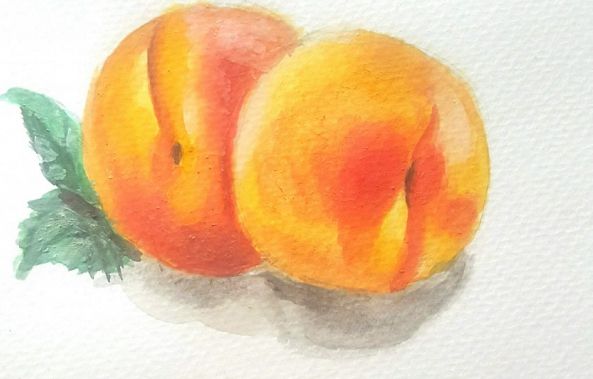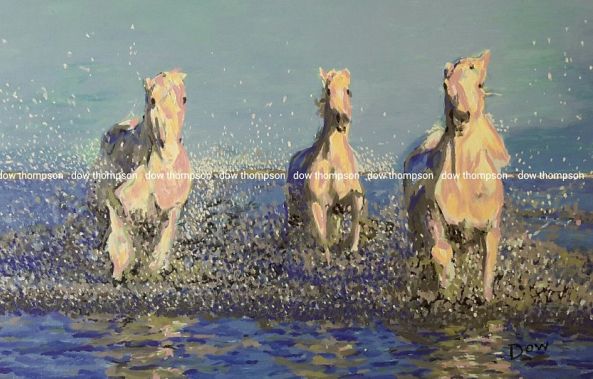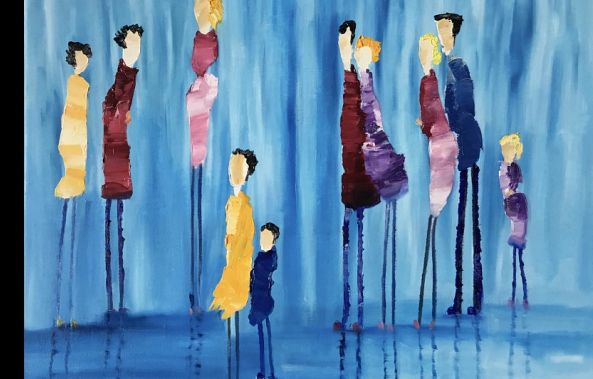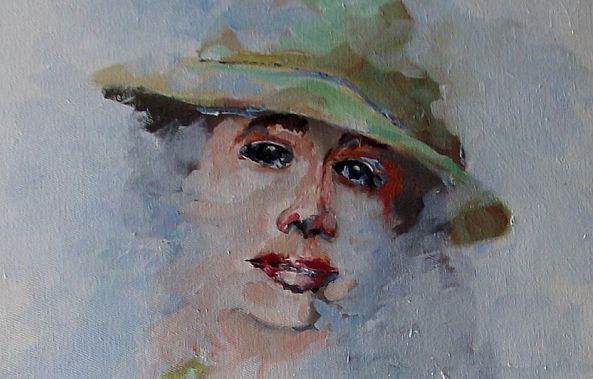NFT Art vs. Traditional Art: Opportunities and Challenges for Artists
There was a time when selling art meant exhibiting in a gallery, negotiating with collectors, or waiting for critical recognition. But today, with the emergence of NFTs (Non-Fungible Tokens), the art world has taken a digital leap. Some artists have sold their works for millions without ever printing a single canvas, while others remain skeptical about this new market.
So, what is NFT art really worth compared to traditional art? What are the advantages and pitfalls of each approach? And most importantly, how can an artist navigate this rapidly evolving ecosystem?
Traditional Art: An Unshakable Pillar?
For centuries, physical art has relied on solid foundations: painting, sculpture, drawing, photography… It is exhibited in galleries, sold at fairs, and collected in museums or by passionate individuals.
Advantages of Traditional Art
- Tangible value – A painting, a sculpture, a physical work is a real, palpable object that can be displayed in a collection.
- Prestige and recognition – Galleries and museums still offer a cultural and artistic validation that remains highly valued.
- Long-term investment – Traditional art has proven its ability to appreciate in value over time.
- Emotional interaction – Nothing replaces the experience of seeing a work in person, admiring its texture, nuances, and depth.
Challenges of Traditional Art
- Reliance on intermediaries (galleries, art dealers) who take high commissions.
- Geographical limitations – Reaching an international audience requires significant effort and high shipping costs.
- Counterfeiting and reproduction – Forgeries and copies are a risk for collectors and artists alike.
NFT Art: Revolution or Passing Trend?
An NFT (Non-Fungible Token) is a unique digital certificate recorded on the blockchain, proving ownership of a digital artwork (image, video, animation…). Unlike regular digital files that can be copied infinitely, an NFT ensures that a buyer owns the original, even if copies exist.
Opportunities in NFT Art
- Global accessibility – No need for a gallery or intermediary: an artist can sell directly to collectors worldwide.
- Passive income – Thanks to smart contracts, an artist can earn a percentage on every resale of their work, something impossible with physical art.
- Guaranteed authenticity – The blockchain secures the authenticity and provenance of the artwork, reducing fraud risk.
- New forms of expression – Digital, interactive, and animated art has found legitimacy through NFTs.
Challenges of NFT Art
- Market volatility – NFT prices fluctuate drastically and can drop as quickly as they rise.
- Environmental impact – Some blockchains consume massive amounts of energy, raising ecological concerns.
- Technical complexity – Creating and selling an NFT requires understanding cryptocurrencies and blockchain platforms.
- Risk of speculative bubbles – Some buyers invest in NFTs only in the hope of reselling at a higher price, which can distort true artistic value.
Which Choice for an Artist Today?
Rather than opposing traditional and NFT art, why not see these two worlds as complementary?
If you are a traditional artist:
- You can use NFTs to certify the authenticity of your physical works and track their resale.
- You can offer digital versions of your creations as NFTs (e.g., a physical painting with an exclusive digital counterpart).
If you are a digital artist:
- NFTs provide a unique opportunity to monetize your work and prove the rarity of your creations.
- You can explore interactive experiences impossible in the physical world (moving art, evolving pieces…).
What’s the Future of NFT and Traditional Art?
NFT art is still young, but it opens up unprecedented opportunities. While some aspects remain uncertain, blockchain could revolutionize copyright management and artistic distribution.
At the same time, traditional art continues to evolve and adapt to new technologies. Artists who can bridge both worlds will have a significant advantage.
So, NFT or physical art? Maybe a bit of both. What matters most is the emotion your art conveys, no matter the medium.
Where to Discover NFTs?
If you’re curious to see what NFTs look like and how they are sold, here are some popular platforms:
- OpenSea – The largest NFT marketplace, featuring digital artworks, collectibles, and more.
- Foundation – A platform focused on high-quality digital art and creation.
- SuperRare – A marketplace for rare and curated NFT artworks, with an exclusive feel.
- Rarible – A decentralized marketplace allowing artists to easily create and sell NFTs.
- KnownOrigin – A platform showcasing independent digital artists.
Want to Understand NFTs Through Video?
- NFTs Explained in 5 Minutes (YouTube - EN) – A quick and clear breakdown of NFTs.
- What is an NFT? (YouTube - FR) – A simple and accessible explanation in French.











